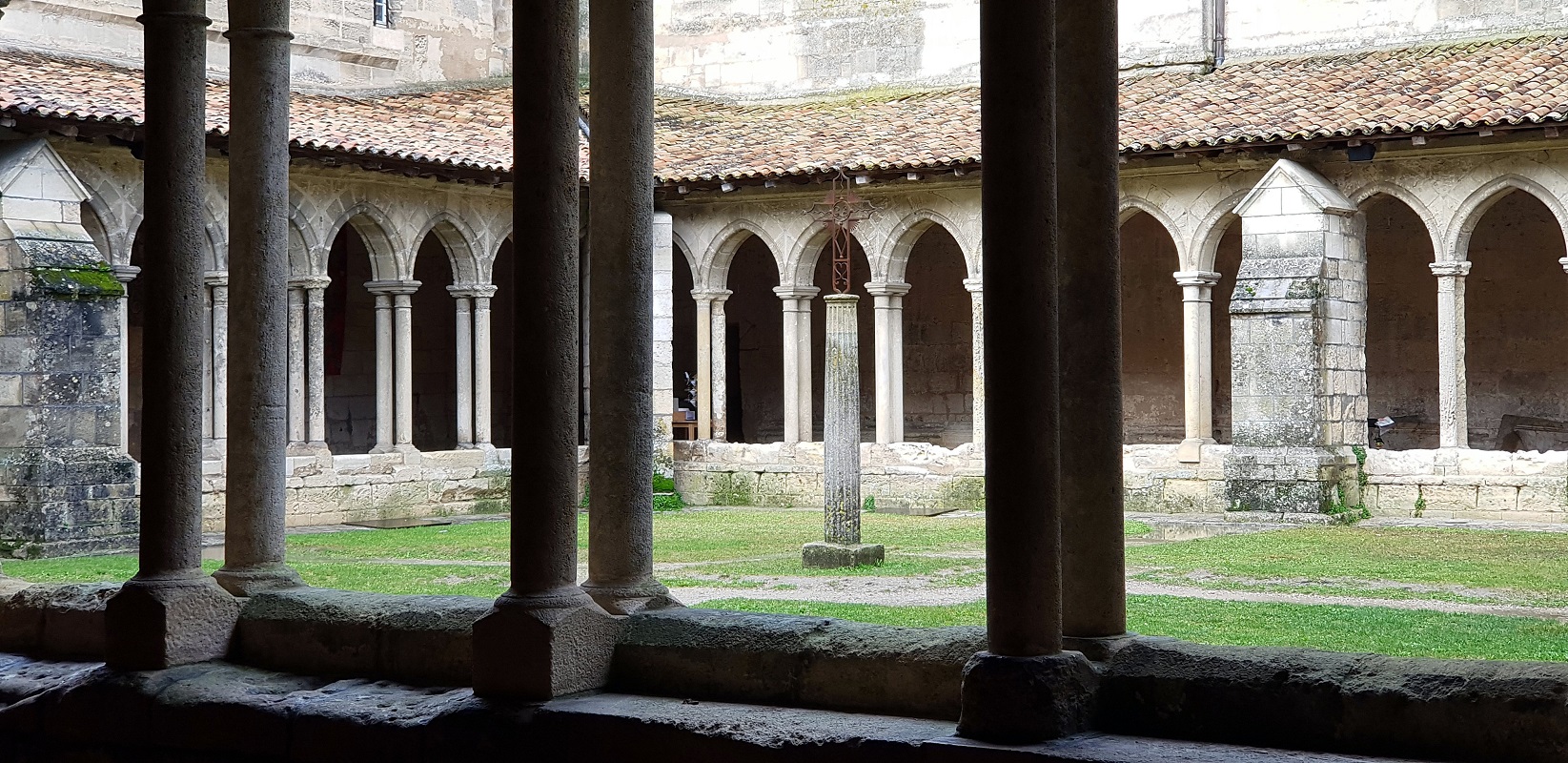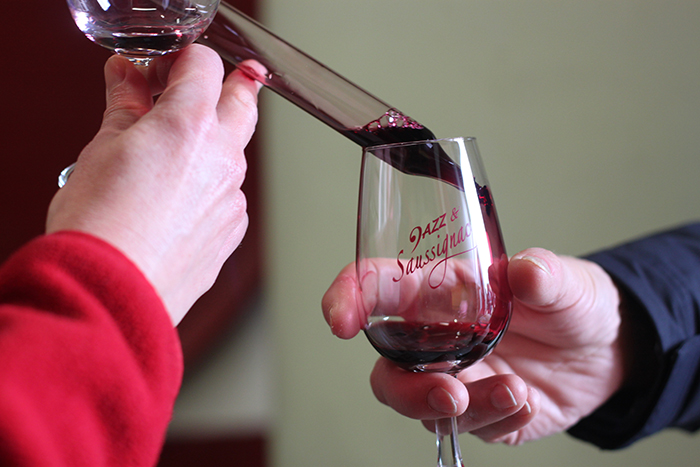
History of wine
In this article Caro Feely considers wine’s deep history internationally and closer to home in South West France.
Ancient history of wine
Wine has been part of human development since the mists of time. The first proof of wine made from grapes dates to about 8,000 BCE (BC) in Iran. Ancient Greek writers and poets praised wine and used it as a metaphor like Homer’s ‘wine dark sea’ that has been cause for much discussion about the colour of the Mediterranean at that time – around 8th century BCE – and / or the colour of wine. Some have even postulated that the wine they drank was blue, but I think Homer was referring to the sea at dusk with the red setting sun on dark water.
Modern day Georgia and Armenia also have deep wine heritage. The oldest remains of a fully equipped winery were discovered in Armenia a few years ago and date to around 4000 BCE. A botanist’s analysis of the wine traces in that ancient cellar revealed the wine was made from Vitis Vinifera grapes, the same grape family we use for most grape winemaking today. A lead archaeologist on the site said the wine would be comparable to a modern unfiltered red wine and may have had a similar taste to merlot (perhaps not unlike a local natural wine like the unfiltered organic biodynamic natural 100% merlot Feely Resonance (shameless self promotion alert)).
The region in France where French Wine Adventures is based, South West France, with its famous regions like Bordeaux and Bergerac also has an illustrious history. Well before the Romans conquered the region of Nouvelle Aquitaine in 56BCE, the Pétrucores planted the first vines and made wine in the Dordogne Valley. We don’t know exactly how far back. The history in our region, goes back to the mists of time, with places like Lascaux cave prehistoric art but alas, there is no proof of wine going back that far +-17000BCE – yet.
The Romans and the history of St Emilion
In St Emilion, Ausonius, the famous Roman poet, planted vines in the 4th century CE (AD). It’s estimated there was about 50 hectares in total planted in St Emilion at that time, today the appellation is 5400 hectares.
The Romans contributed much to wine through research on grape varietals, weather, growing conditions and winemaking. Detailed information on Roman farming can be found in the texts like Columella’s ‘On Agriculture’ ‘De Re Rustica’, the most comprehensive and detailed of Roman agricultural works written the first century CE.
Visiting Gallo-Roman museums like the extensive Vesunna Domus in Perigueux and the Gallo-Roman villa in Montcaret, situated on the edge of Montcaret village, just off the D936 between Libourne and Ste Foy la Grande, both remind us of how important wine and its culture was to the Gallo-Romans.
The Monastic Period
After the fall of the Roman empire the knowledge and tradition of winemaking was kept alive by monasteries. Four of the 5 main monastic orders in France established a base in St Emilion (see French Wine Adventures St Emilion grand cru day tour here), leaving beautiful churches and cloisters, that have, along with their excellent wines, made the village world famous. A cloister also backs onto the new Maison des Vins Quai Cyrano in Bergerac, le Cloître des Recollets.
English Rule in South West France’s influence on wine
The period of English rule – 1152 to 1453 – was important to South West France’s wines as it offered export markets via England and England’s trading partners. The route via the river from Bergerac to Bordeaux and then out via the sea offered an energy efficient method of transport for heavy goods like wine and wood.
Conclusion
No other beverage has created the emotions and excitement that wine has over its vast history. Our region offers many ways to explore this history so why not dive in this holiday and visit for a wine course , multi day wine and food tour or vineyard walking gourmet wine tour.
If you are planning a trip to the region and are interested in wine history visit the Cite du Vin museum in Bordeaux. I recommend giving yourself a good half day for the visit.
Cheers!
If you have a question or a wine theme you would like to read about, please get in touch via the comments or the contact form.
Château Feely (www.chateaufeely.com), where the wine courses and some of our tours take place, is a biodynamic and organic wine estate with accommodation, wine tours, vineyard walks and an accredited Wine Spirit Education Trust wine school. Subscribe to our newsletter via the link below , visit us at www.facebook.com/chateaufeely and www.Instagram.com/chateaufeely .
You can also read the story of the adventures of setting up in France written by the founder of French Wine Adventures, Caro Feely, in Caro’s book series; ‘Grape Expectations’, ‘Saving our Skins’ and the latest ‘Glass Half Full‘.



